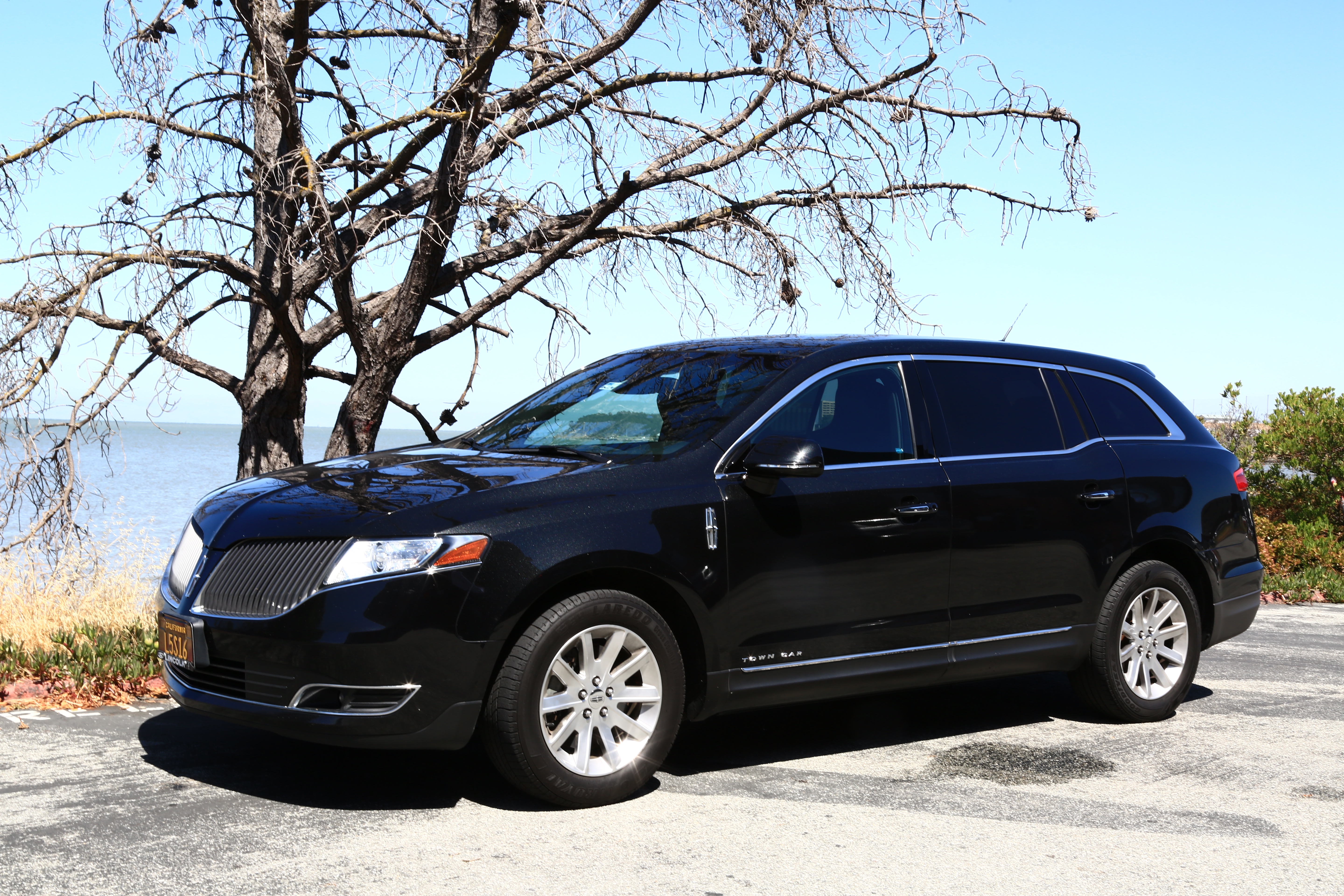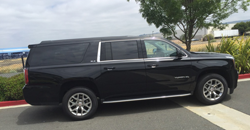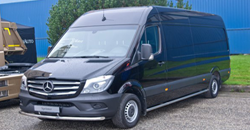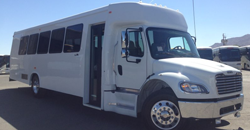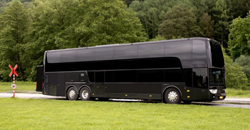On Friday, the American metropolis which makes things click, whirr, and connect went dark. Due to this, around 90,000 customers of Pacific Gas & Electric lost power at 9:30 in the morning.
People who weren’t at work scrambled to determine their next step as traffic lights went blank, buses running on power lines halted, and BART service stopped. In result, people started dealing with stress and mess.
How to deal with such problem? Let’s have a look on experts’ advice.
Is the important stuff running?
At first, figure out the problem and reason behind it. In San Francisco, all the blame for whole mess was made on the firefighters raced toward a large power substation to put out the mini-blaze.
Tom Harrington, a transportation planner with Cambridge Systematics who has worked for Washington Metropolitan Area Transit in DC, said, “A number of agencies may actually bring those people into a control center to deal with that situation.” People trapped in elevators and underground tunnel retrieved carefully.
SF Mayor Ed Lee told during this power failure no one was seriously injured. Once everything handled properly, people started moving normally like nothing happened.
Tweak, Tweak, Tweak, Tweak, Tweak
Once the power outage is over, governments take a look at what went wrong. The people related to transport agency rediscovered the importance of the backup system for telephones, electronic key doors, air conditioning, fueling centers, and other systems.
Wallace - who trains city workers and officials to deal with emergencies, said, “It takes a big event to make us doing anything - it’s easy to do nothing”. Emergency systems have to be tested and have to be worked through. We just don’t want to think about bad things.”
A smart city should definitely look at what went wrong and prepare for the next inevitable blackout.


